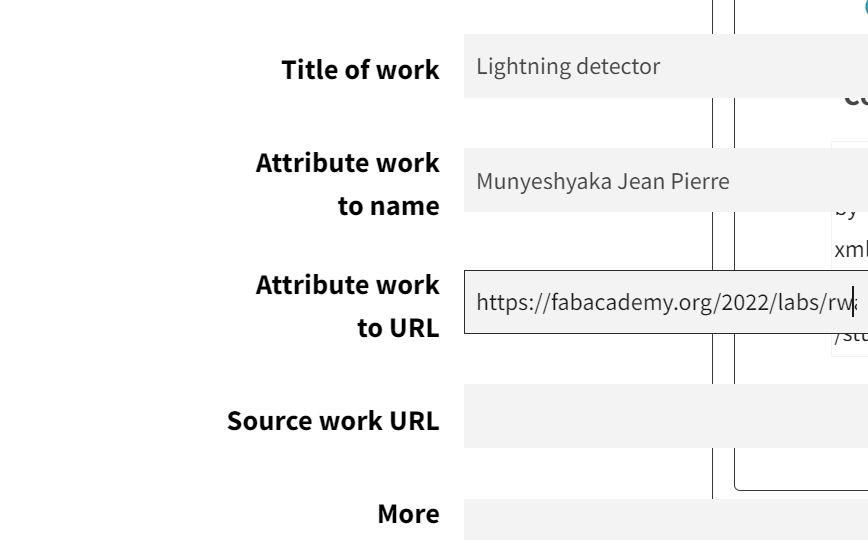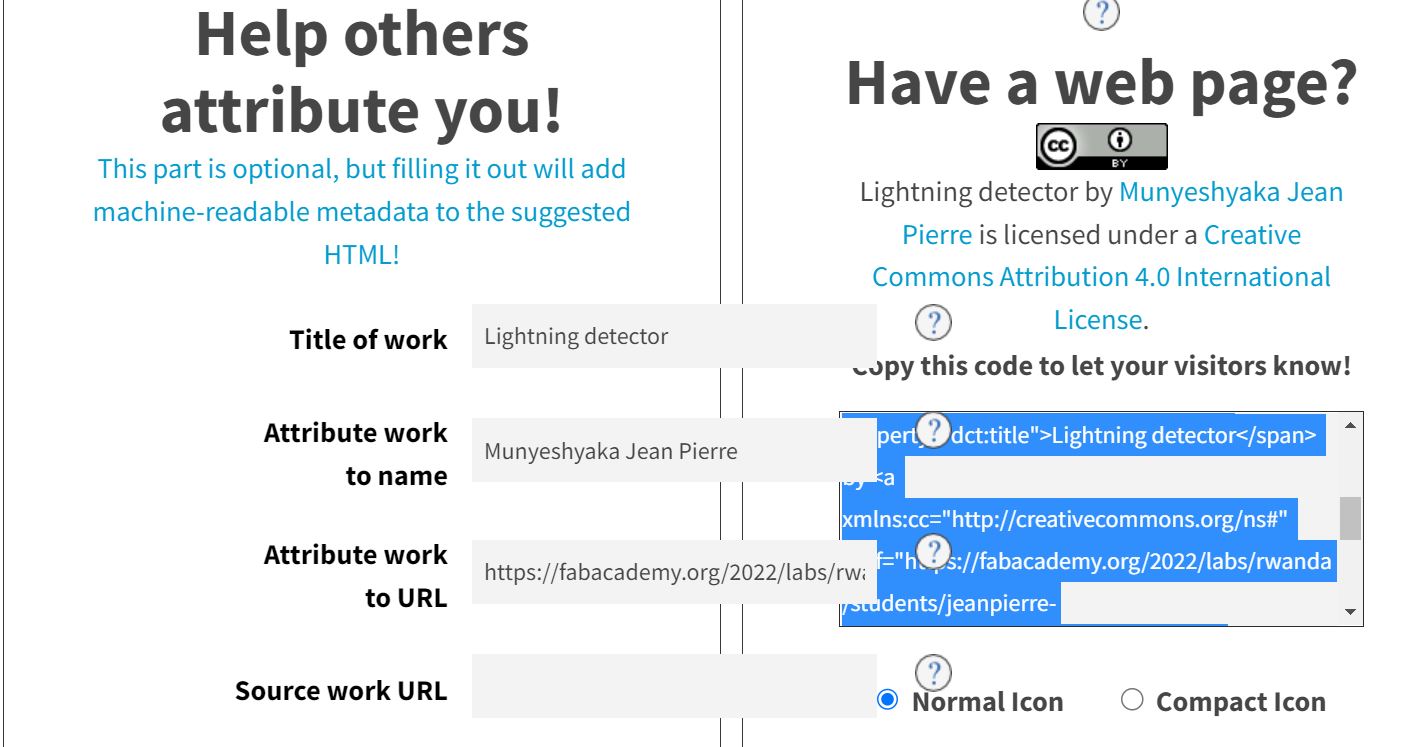19. Invention, intellectual property and income¶
I spent this week working on creating a plan for disseminating my final project. The task was to create a plan for disseminating your final project. Drafts of your summary slide (presentation.png, 1920x1080) and video clip (presentation.mp4, 1080p HTML5, one minute, ten megabytes) should be prepared and placed in your root directory.
Research¶
I first look up the definitions of the following terms to begin my assignment: 1. Dissemination: This is the process of making a project’s results available to a larger audience; dissemination is necessary for take-up, and take-up is important for the project’s success and the long-term sustainability of its outputs. 2. Intellectual property: This class of property comprises intangible works of art, designs, symbols, names, and other representations of the human imagination. There are numerous forms of intellectual property, some of which are recognized in more nations than others.
Types of intellectual property¶
1. Copyrights: which, typically for a set period of time, grants its owner the sole right to copy, distribute, modify, display, and perform a creative work in any form, including literary, artistic, musical, or educational. The original creative representation of a concept is what a copyright is meant to protect, not the idea itself. 2. A patent is a form of intellectual property that entitles the owner to legally bar others from creating, utilizing, or commercializing an invention for a set period of time. The majority of nations consider it to be private law.
3. Trademark: A recognizable sign, design, or expression that distinguishes goods or services and sets them apart from others constitutes a sort of intellectual property. It could be a person, a company, or a legal body.
4. Trade secrets are a type of intellectual property that comprises formulas, procedures, processes, designs, and patterns that have inherent value because they are not widely understood by others and that the owner takes reasonable precautions to keep secret (confidential information).
Licensing the project¶
For my project, I choose to license it with a free licensing company called Creative Commons. There are various licensing campanies, some of which require payment and others of which are free. An American non-profit organization and global network, creative commons, is committed to increasing educational access and the variety of creative works that are available for people to share and develop upon. The company has made a number of Creative Commons licenses available to the general public for free. Everyone can provide copyright permissions to their creative work using a creative commons license, from small businesses to major organizations and institutions.
These are the steps to follow in choosing the license
First, fill the required information including the project title and the owner of the project.
Copy the emmbedded code to the text editor and push it to the web page

Lightning detector by Munyeshyaka Jean Pierre is licensed under a Creative Commons Attribution 4.0 International License.
Future income¶
As a safety device, lightning detector is a very important device for both people and equipment’s safety. Hence, after finetuning my project, it will be great to commercialize it especially in places where lightning strikes occurence is very high.
Presentation slide¶



